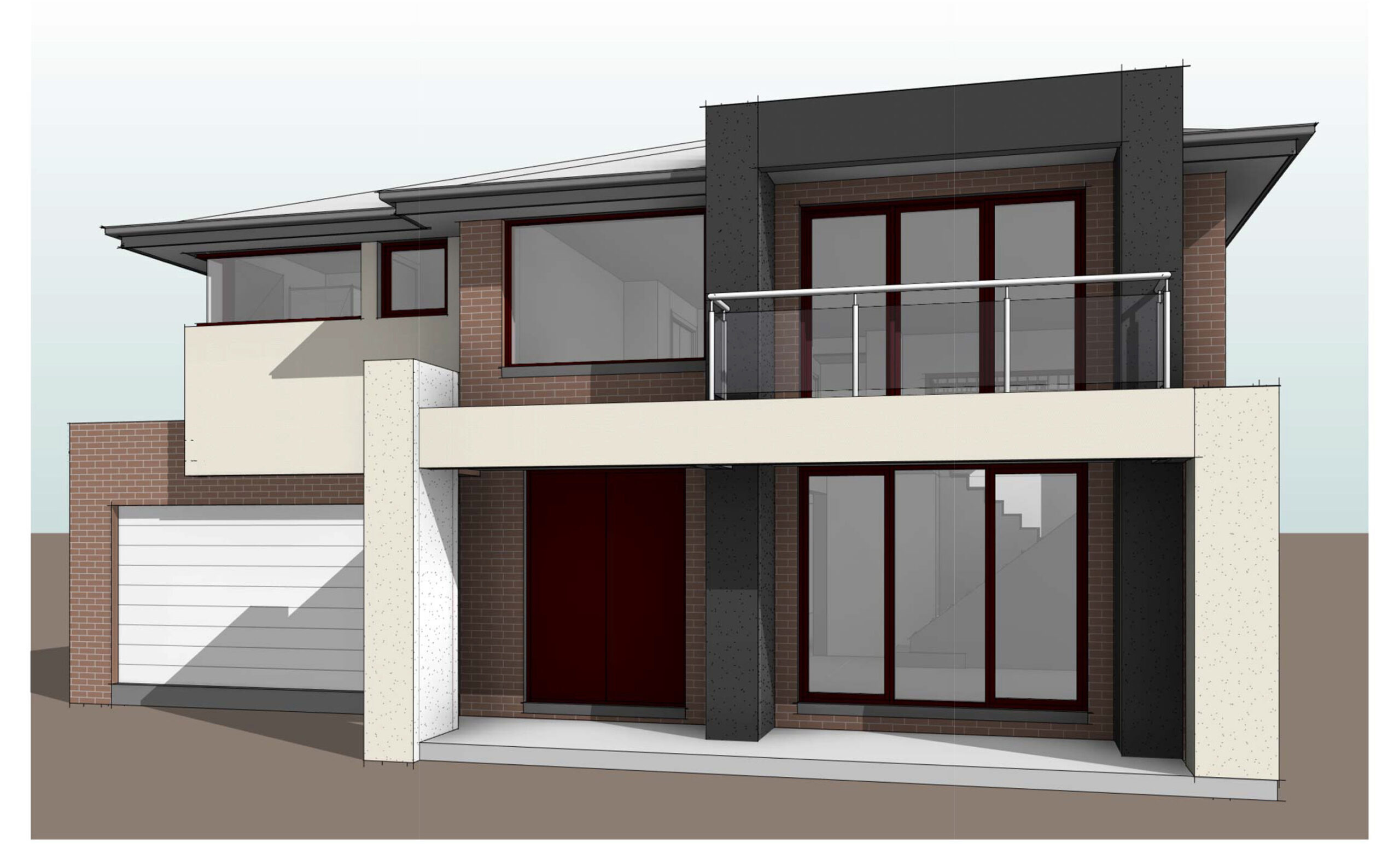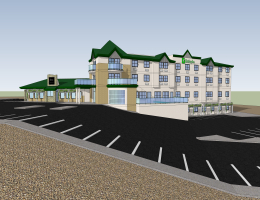MAIN TYPES OF RENDERING TECHNIQUES
Posted on : Dec 01, 2022
Rendering is a significant business tool worn in marketing, presentation, and apparition of various projects. Photorealistic and animated similes that are rendered involve unusual technique, depending on the excellence supplies of the product, the time to implement it, and the size of the funds. But how do you conclude which rendering technique is best suitable for you?
In this item, we’ll walk you during the best rendering technique and the pros and cons of all. In adding up, you will hear helpful tips to pick up your 3D rendering and locate a company given that 3D modeling services for your wants.
Scanline
This technique is one of the established rendering techniques. The spirit of the scan line technique is the algorithm for conniving the surface of computer graphics. In effortless terms, the algorithm scans the top row of y-coordinate of each poly (multilateral shapes that build up the model in polygonal model) of a 3D object. Additional, digital in turn (color, texture, effects) is read from every poly and renewed into a 2D image.
Thus, the poly vertices are sorted, during which the upper corners appearance the render and the rest harmonize the image as every following manage axis increases and is recalculated. This procedure takes rest in real time, thereby falling the download occasion of the digital provide.
Z-Buffer
Z-Buffer is a two-dimensional data scheme used to compute, optimize, and store the profundity worth of each pixel. For instance, when create a render; the algorithm converts the 3D object into an indication pixel by pixel, using the pixels adjoining to the camera first. In this case, the worth of the pixel’s coldness is stored in a Z-Buffer cell.
The main purpose of this method is to convey in turn about the distance of several render objects from both other and the camera/viewer. Z-Buffer is regularly used in coincidence with the Depth of Field (DoF) outcome found in the toolbar of many software such as 3DS Max. This meaning creates the natural blurring of the object’s environment and sharpens the render object itself.
Shading and Lighting
The shade process manipulates light and dark levels with software effects. In this way, the picture artist adds a normal effect and makes matter appear huger. For example, flat shade can sharpen the corner of an object. You can also use fading to create a subtle transition among the pixels and polygons of a outline.
Lighting performs the identical meaning as shading — it makes the scene more natural and huge. For example, you can use false or daylight, depending on the situation of a render. You container add volumetric light effects, such as how the sun’s rays dribble through a window or split with the volumetric lighting type. Another technique is refraction, which allows light rays to bend on see-through surface.
Texture/Bump Mapping
The touch is the top layer of a 3D model, which displays in turn about the color, material, and information of the object. Classically, a texture has multiple layers and wraps a replica like wrapping paper. Through rendering, information about 3D textures is changed into a flat image. This requires the texture mapping method — transforms the vectors of the 3D model and its touch into pixels using unwrapping a model.
Bump mapping is related to texture mapping in its standard; only the first is in charge for rendering 3D relief. These earnings that on a 2D image, various bulges must look three-dimensional. Bump mapping is not only an replication of bumps but also the transport of related minutiae.
Ray Tracing and Ray Casting
One method for operational with lighting and a obliging rendering method is ray tracing. With it, you can set up a very normal lighting effect that mimic how normal light works. For instance, this technique adjusts light base on the standard of dispersion (refraction of a light beam) and indication, and also uses property such as soft dark. Usually, this technique is practical for profitable purpose like advertising and product appearance.
Radiosity
Radiosity is a technique of depiction using lighting that come not only from the light basis but also the stuff in the scene that imitate the light. Using the radiosity algorithm, the daylight emission is designed so that waves of light beginning their source are spotted over the rendered objects and, colliding with their facade, break keen on slighter particles, so spreading light during the scene. Thus, the make looks extremely photorealistic.




